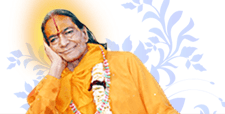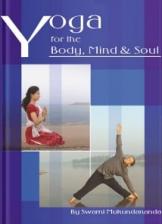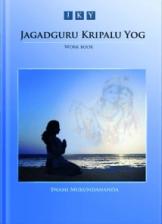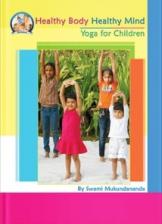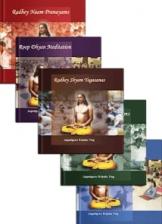Know more about
Radhey Krishna Pranayam
Pranayam
Pranayam has been derived from two words Pran and Ayam. It means, to expand the pranic energy of the body. Normally it is understood only as a respiration technique of inhaling and exhaling. It is true that the level of oxygen increases in the body throughpranayam, but the meaning is not limited to this.
“Pran” is a life-giving energy which is subtler than oxygen and is present everywhere. In Pranayam, special breathing techniques are used to assimilate that vital force from the atmosphere and enhance it in the body.
Our lifestyle deeply effects ourpranic force. Our actions, sleep, diet, thought, senses, etc all have an effect on our pranas. Irregularity and indiscrimination in our lifestyle depletes pranic energy and leads to pranic blockages. That is why people feel the loss of energy from time to time. The depletion of pranicenergy leads to ailments in organs and muscles. The various Pranayam practices help expand this energy and balance the five types of pranas in the body. Pranayam should be practiced after asans.
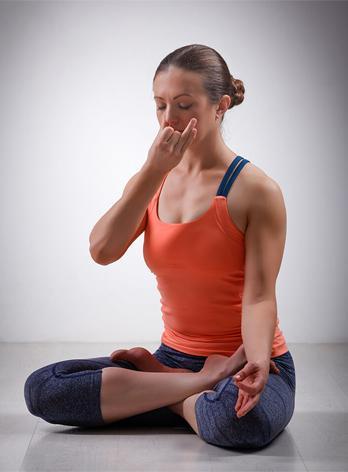
Rules
- It is necessary to follow some of the basic rules of pranayam for deriving its benefits, otherwise it can have an adverse effect. Therefore one need to be aware of the rules of practicing pranayam.
- Pranayam should be done on empty bowels or at least four hours after meals. It should be practiced where adequate fresh air is available. One can sit in any meditative asan but the spine and neck should be straight.
- Remember God’s name along with Pranayam. Say in your mind Ra… during inhalation and Dhey… during exhalation You can remember any Name of God.
- Eyes should be closed so that mind does not get diverted.
- Keep a slight smile on your face while practicing Pranayam. Let there be no sign of tension in our face.
- You should not exhaust yourself while practicing Pranayam or it may effect adversely.
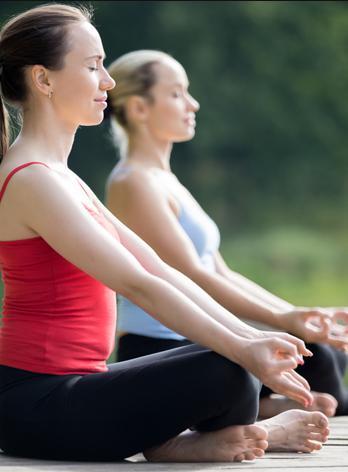

KNOW MORE ABOUT
BREATHING PRANAYAM'S

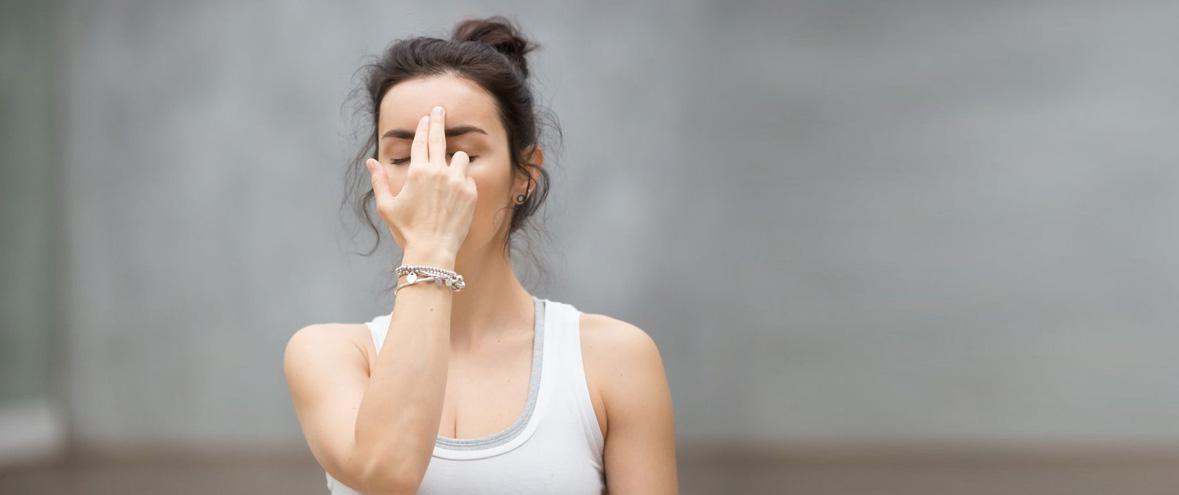
Jai Radhey Pranayam
- Jai Radhey Pranayam is the integration of Abdominal, Throaic and Clavicular Breathing.
- Sit in any meditative asans with the spine and head erect well.
- Relax the shoulders and place the hands on the knees in any mudra.
- Inhale (Ra…) slowly and deeply and using the bottom part of the lungs let the abdomen swell, then use the middle part of the lungs to expand the chest and then finally using the upper portion of the lungs, allow your shoulders and collarbones to move up.
- Now exhale (Dhey…) slowly, depressing the shoulders, then your chest & finally relax the abdomen.
- Breath in and out equally and rhythmically.
- Continue the process for 10 -20 rounds.
Benefits
Maximum portion of the lungs is used in this Pranayam, enabling us to take more oxygen from the atmosphere. It works as a tonic for the body. It purifies the blood. It helps control high BP. Except these it tranquilizes and stabilizes the mind and, thus, easily helps control anger. This Pranayam can even be practiced in times when you feel tired or angry so that you can overcome them.
Limitations
This Pranayam can be done in slow, medium, or fast pace. But initially it should be practiced only in slow pace only.

Kapalbhati Pranayam
- Sit in any meditative asans, keep your spine and head straight.
- Relax the shoulders and place the hands on the knees in any mudra.
- Inhale deeply and slowly (Ra…) expanding your abdomen and exhale (Dhey…) with a forceful contraction of the abdominal muscles.
- After the powerful exhalation, you should slowly expand the abdominal muscles in an relaxing way so that the next inhalation takes place automatically.
- While practicing this one should be aware of the contraction and especially the relaxing expansion of the muscles to allow the air in and also there should not be any movement of the chest and the shoulders.
- This completes one cycle which takes approximately a second, practice 30/40 cycle in the beginning
- With practice slowly and gradually you can increase the count up to 200/300 cycles
Kapalbhati has been derived from a Sanskrit word ‘Kapal’ meaning forehead and ‘Bhati’ meaning glow. Therefore, the practice of Kapalbhati enhances glow on the forehead.
It alleviates abdominal problems, removes fat from the abdominal area, also useful in diabetes, emphysema, bronchitis and tuberculosis and activates the kidneys . Besides, it also balances Ida (left psychic passage) and Pingala (right psychic passage) nerves, and aids to build concentration.
It is beneficial in treating respiratory problems and eliminates toxins by purifying the blood in the body Likewise, it also balances and energizes the nervous system, removes lethargy, diseases like thyroid, tonsils and other ailments of throat are healed slowly and naturally.
Benefits
It is beneficial in treating respiratory problems and eliminates toxins by purifying the blood in the body Likewise, it also balances and energizes the nervous system, removes lethargy, diseases like thyroid, tonsils and other ailments of throat are healed slowly and naturally.
Limitations
People with high BP, heart problems, spinal problems, epilepsy, hernia, gastric ulcer, slip disc and cervical spondylitis should not do this Pranayam. It is prohibited during menstruation, advanced stages of pregnancy.

Anulom Vilom Pranayam
- Sit in any meditative asans with the spine and head erect well.
- Bring your right palm before your face.
- Place the index and middle fingers gently on the eyebrow center, thumb over right nostril and ring finger over the left nostril.
- Keep the little finger a little folded. This is called Nasagra Mudra.
- Close your right nostril with your thumb & inhaling (Ra…) through your left nostril, expand the chest
- Now, close the left nostril with the ring finger and breathing out (Dhey…) through the right nostril, contract the chest; then breath in (Ra…) through the same nostril and then again closing the right nostril with your thumb, exhale (Dhey…) through the left nostril.
- You should breath in & out equally & rhythmically and make use of the chest region while breathing
- This completes one cycle; perform 10-20 cycles.
Benefits
It helps purify the 720 million nerves of the body which, by harmonizing the pranas, makes the body healthy, lustrous and strong. Almost all kinds of diseases associated with the vata problems such as rheumatism, urinary and reproductive diseases are cured well. The usual diseases like cold, sinus, cough etc. get healed naturally. It relieves stress & lessens the level of cholesterol in blood. It is beneficial in curing heart diseases.
Limitations
This Pranayam can be done in slow, medium and fast pace. But initially it should be practiced in slow or medium pace only.
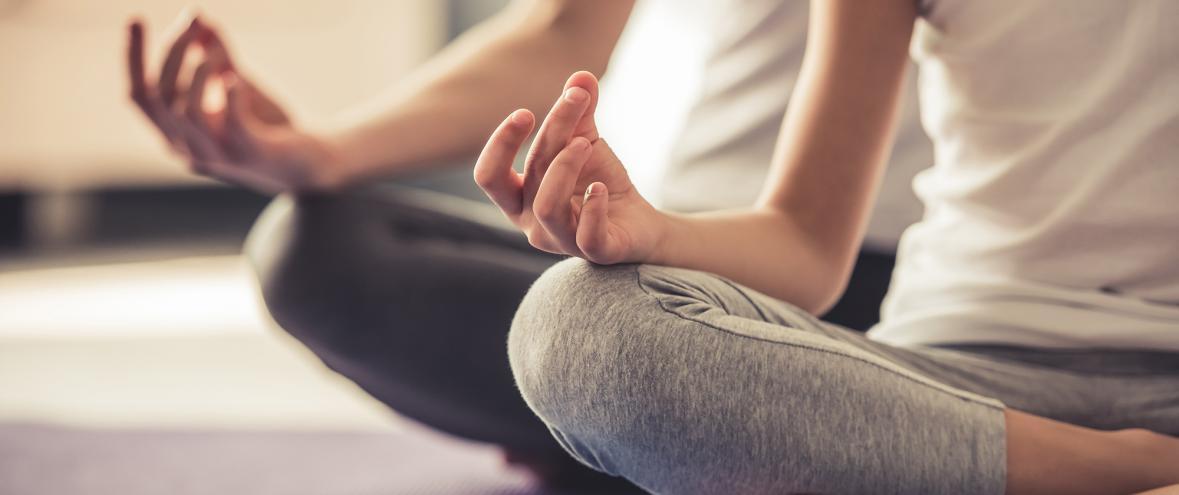
Bhramari Pranayam
- Sit in any meditative asans and make the spine and head straight.
- Now close both eyes, concentrate on the eye brow centre and relax the whole body entirely.
- Bend your elbows and shut your earlobes with your index fingers.
- Elbows should be in a straight line with the shoulders, so that the air passes through the respiratory system without any intervention.
- Now inhale deeply (Ra…) and while exhaling (Dhey…) produce a humming sound like that of a bee.
- Feel the vibration in the brain and imagine that you are moving around the lotus feet of your Ishta Dev (the God of your worship).
- This is one cycle of Bhramari Pranayam; repeat it 5-10 times likewise.
Benefits
The problems of insomnia and high blood pressure are easily treated by it. Similarly, it has a health-inducing effect that is beneficial in heart diseases and diabetes. Moreover, it also helps reduce depression and release mental stress and anxiety.
Limitations
People suffering from severe ear infections should not perform this Pranayam till infection clears up.


